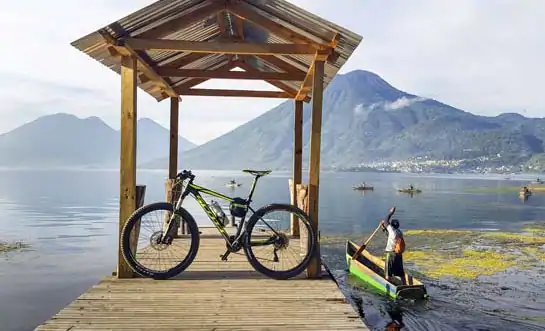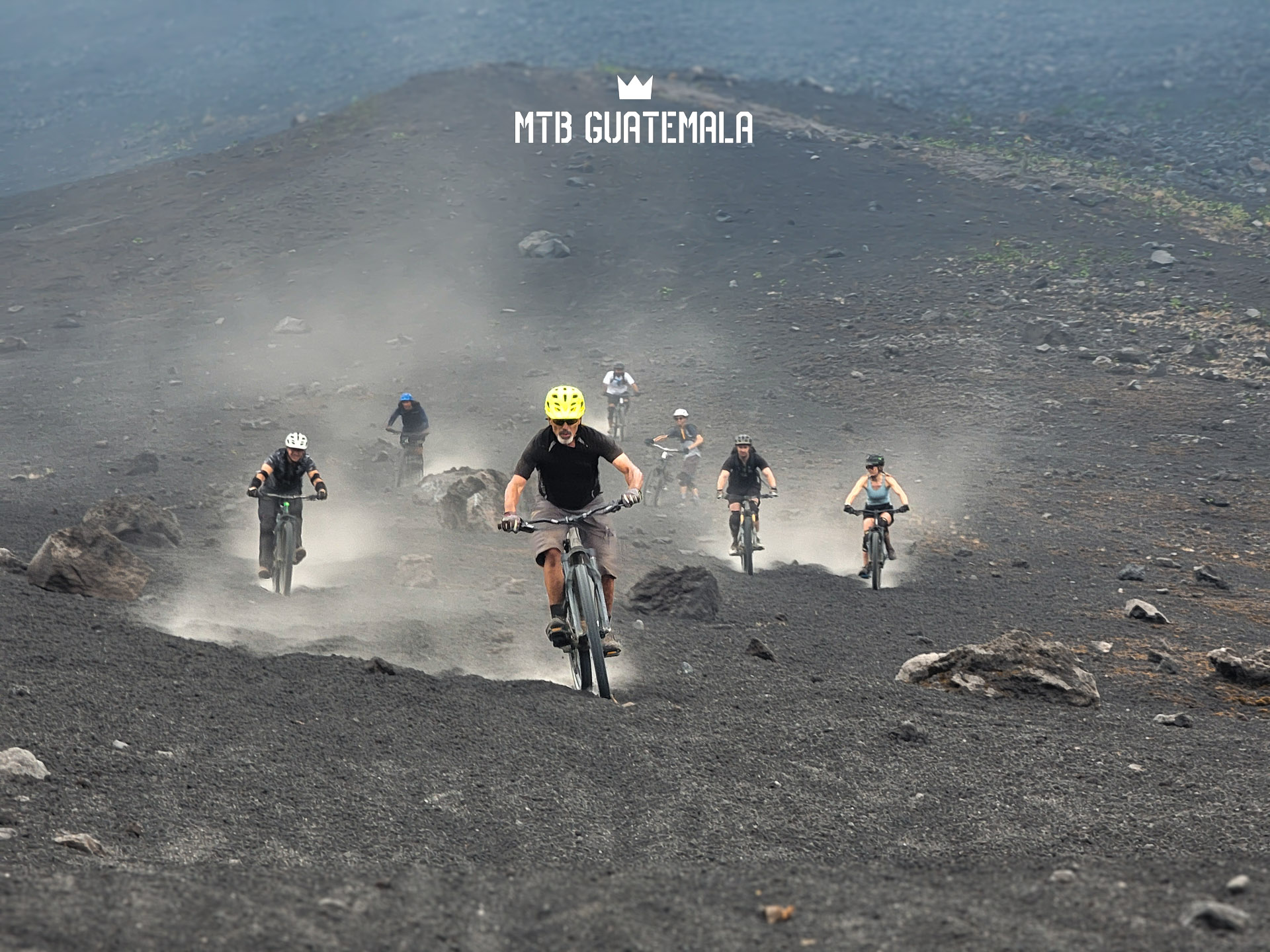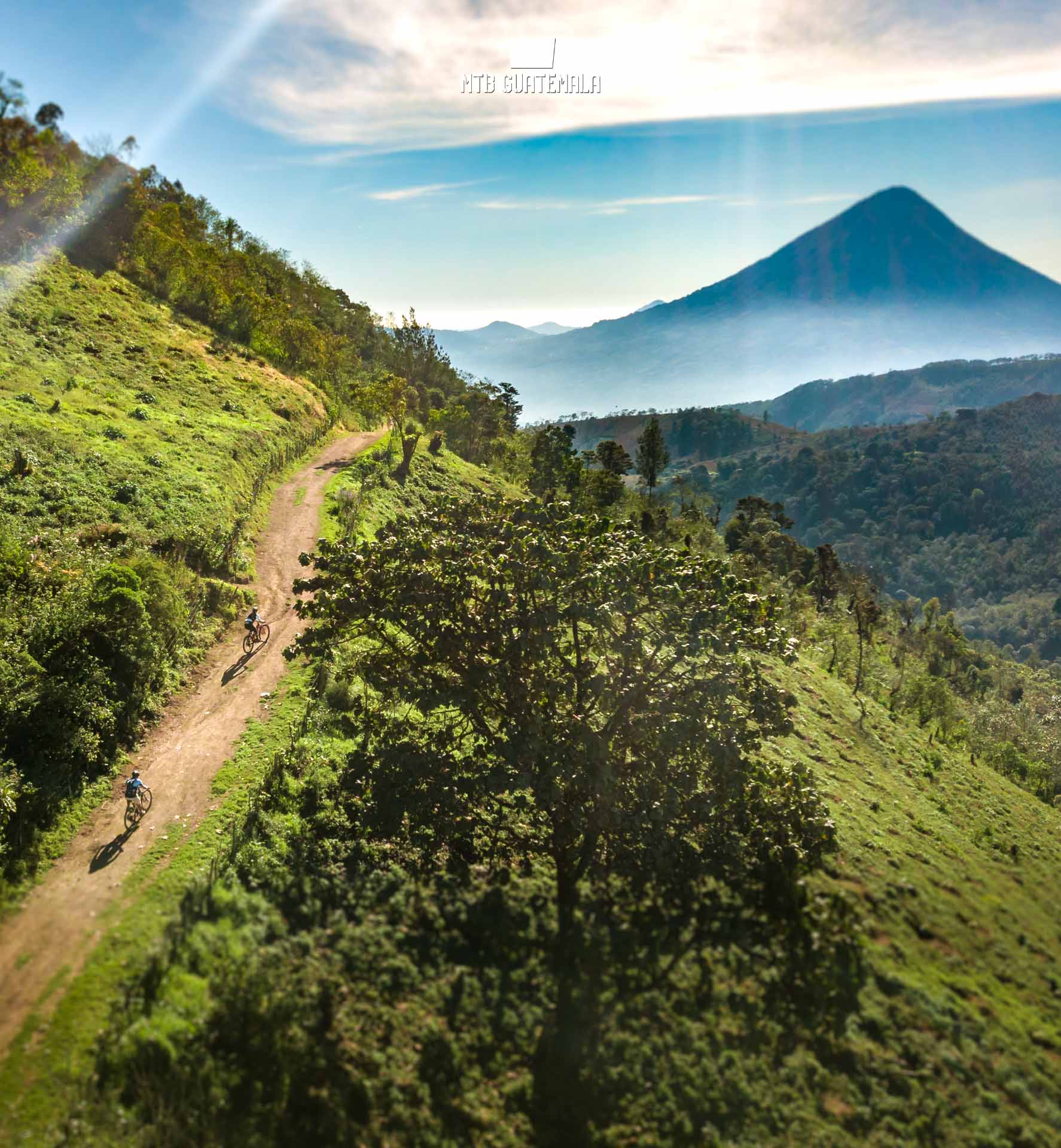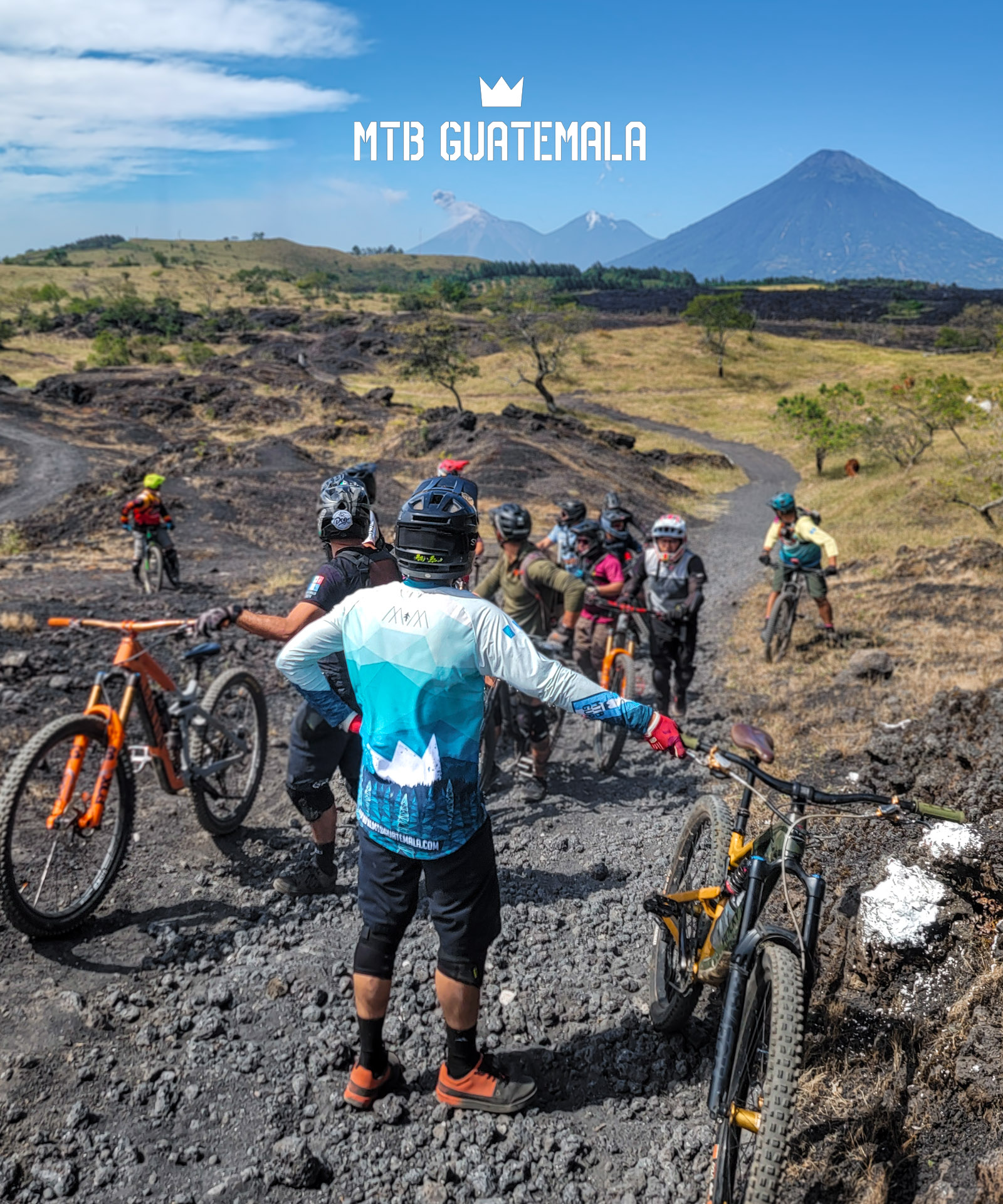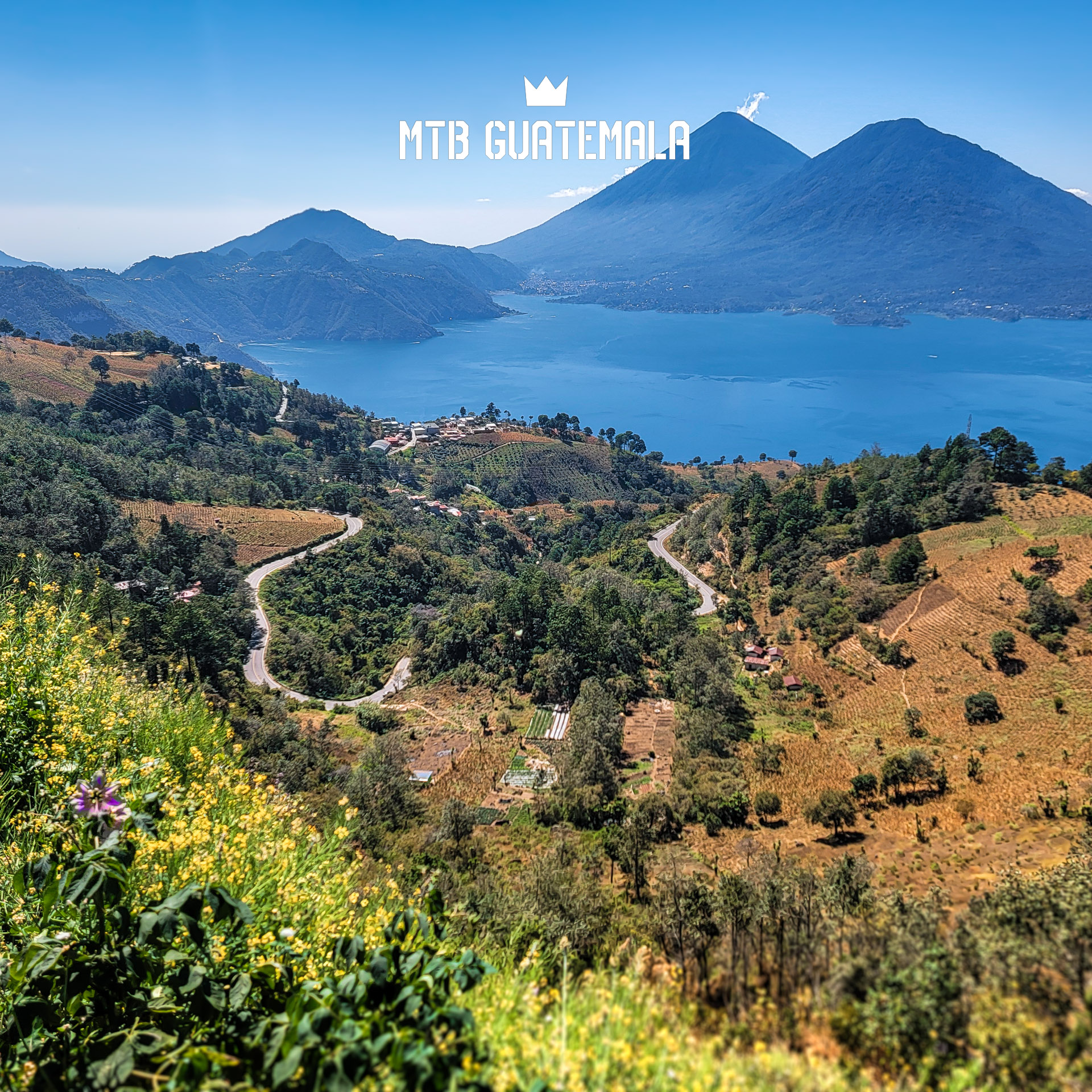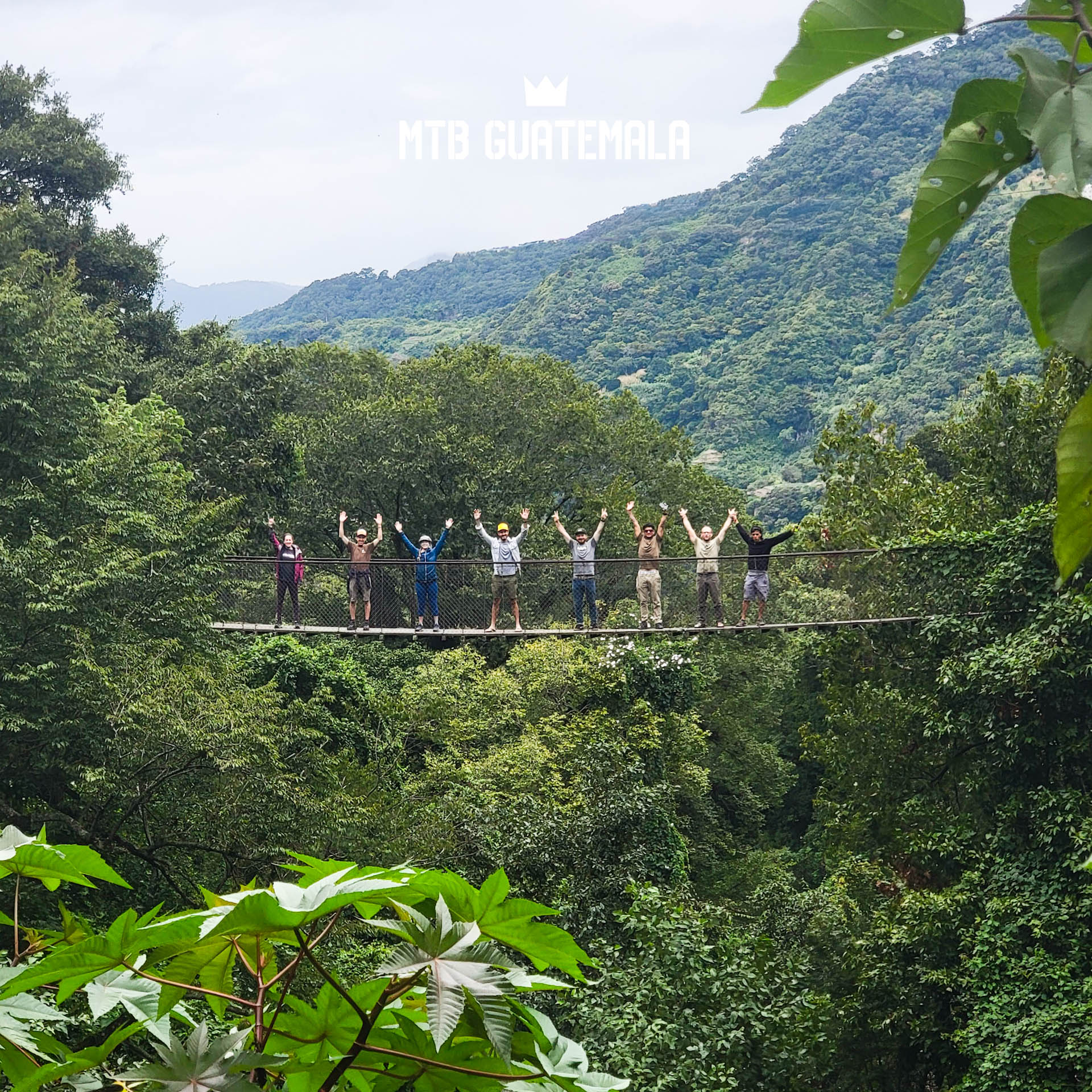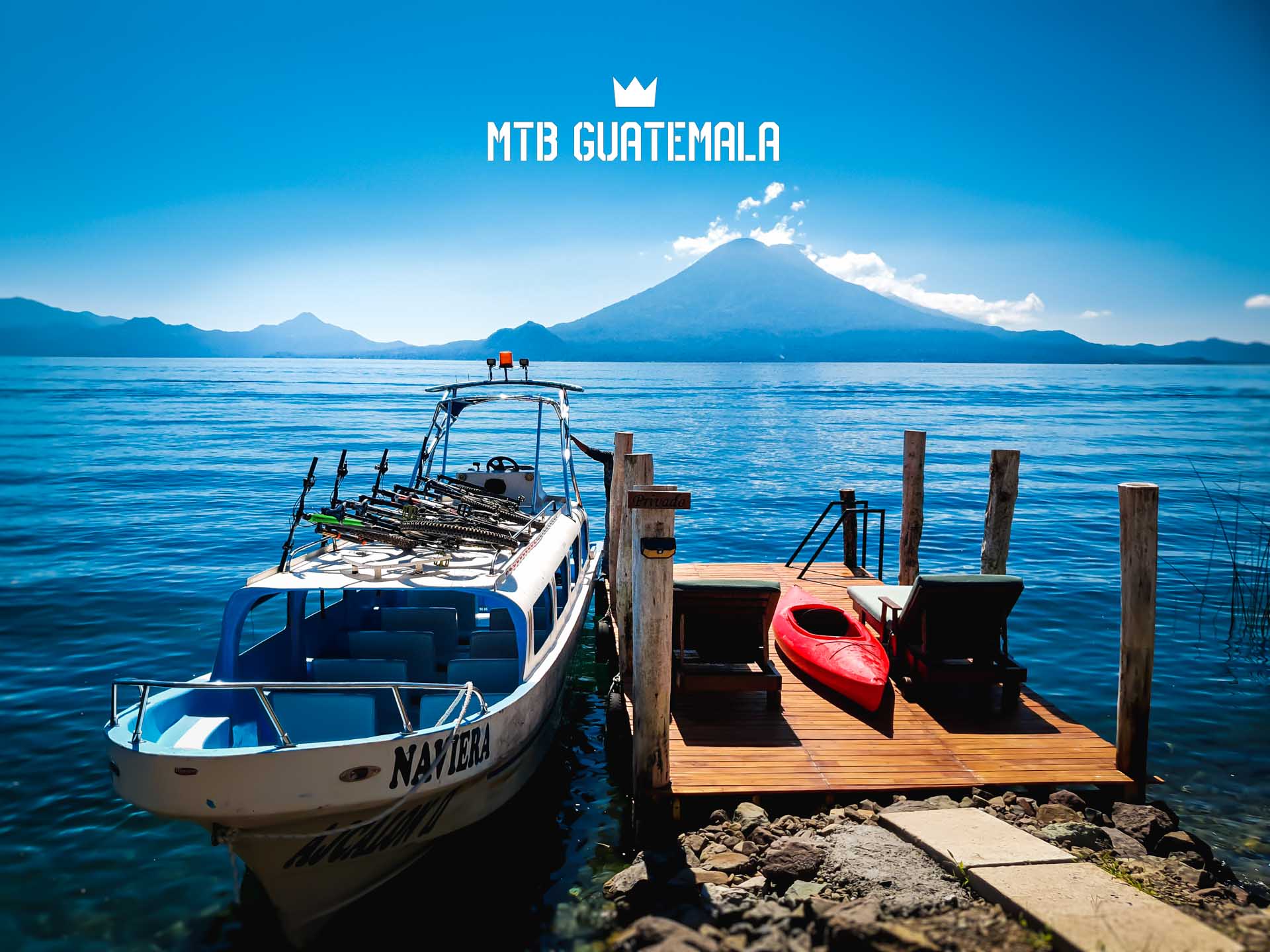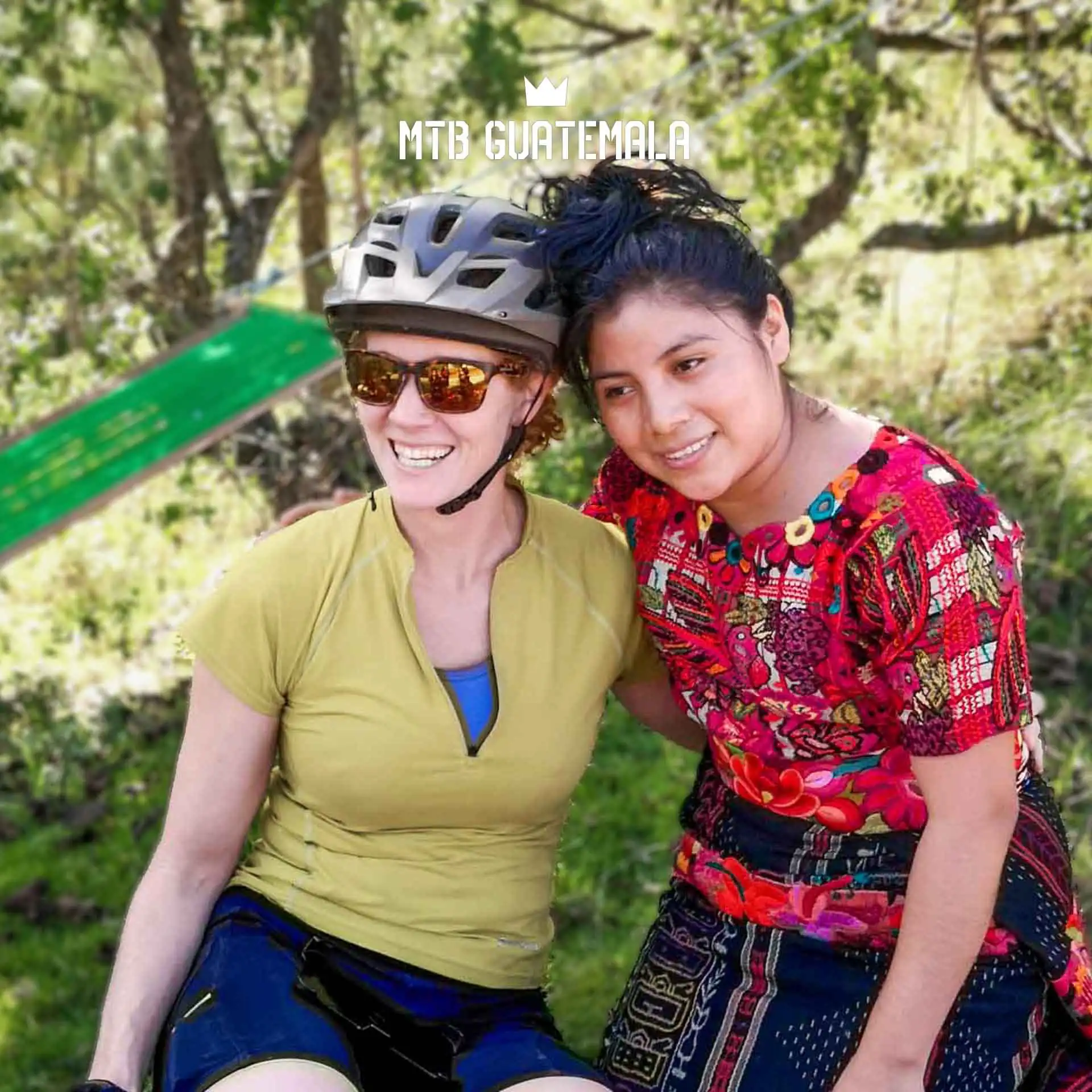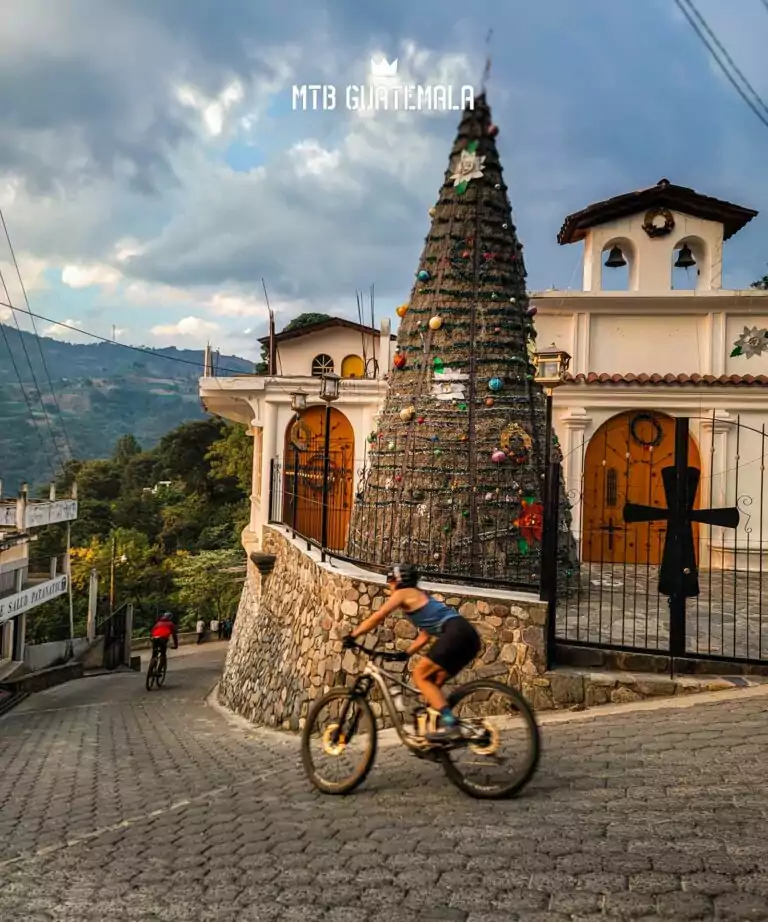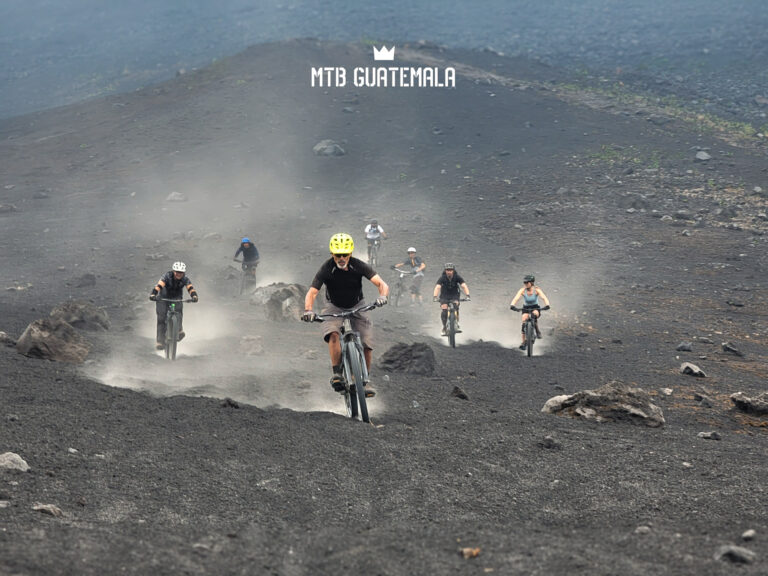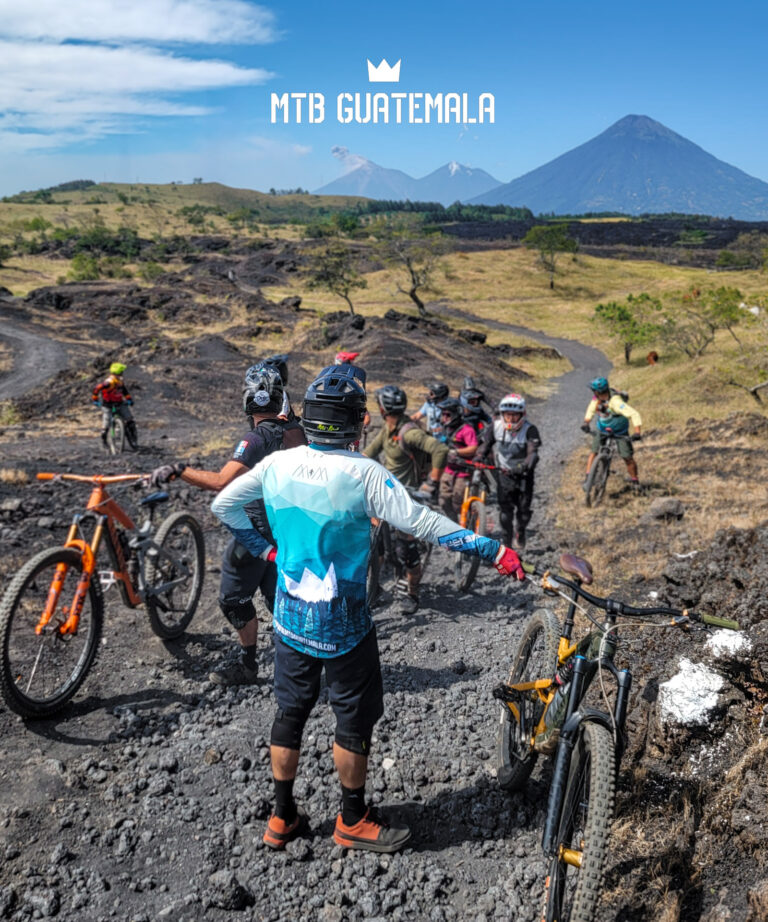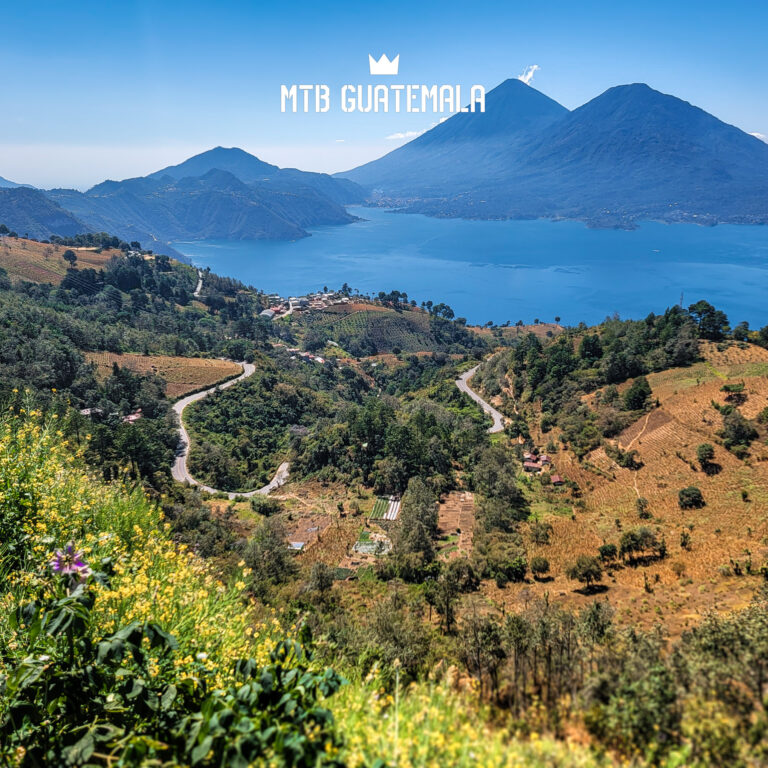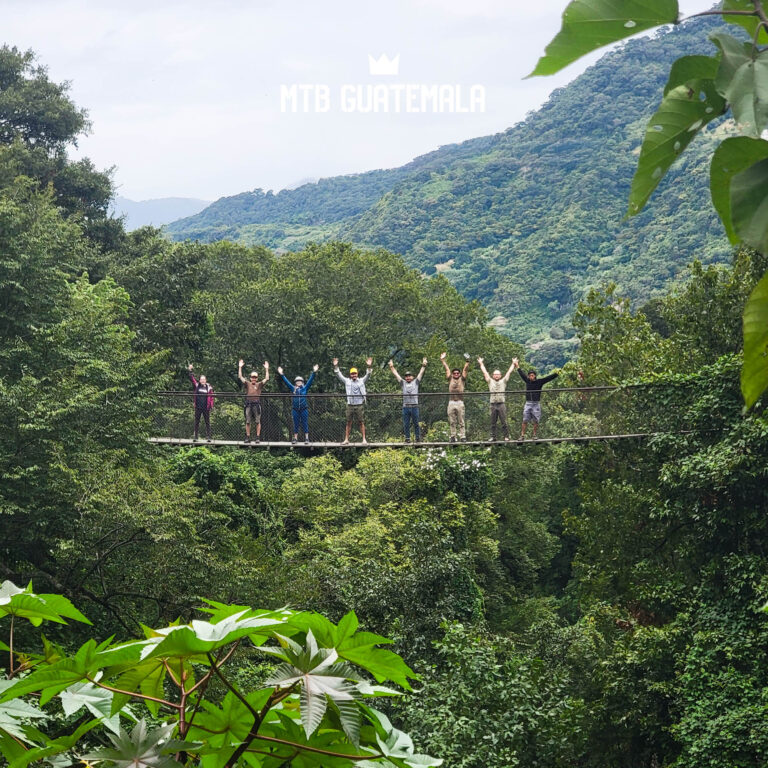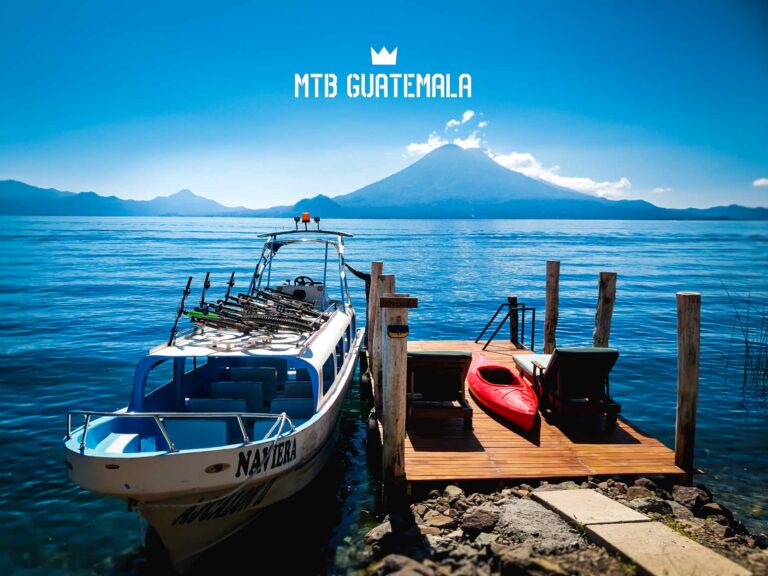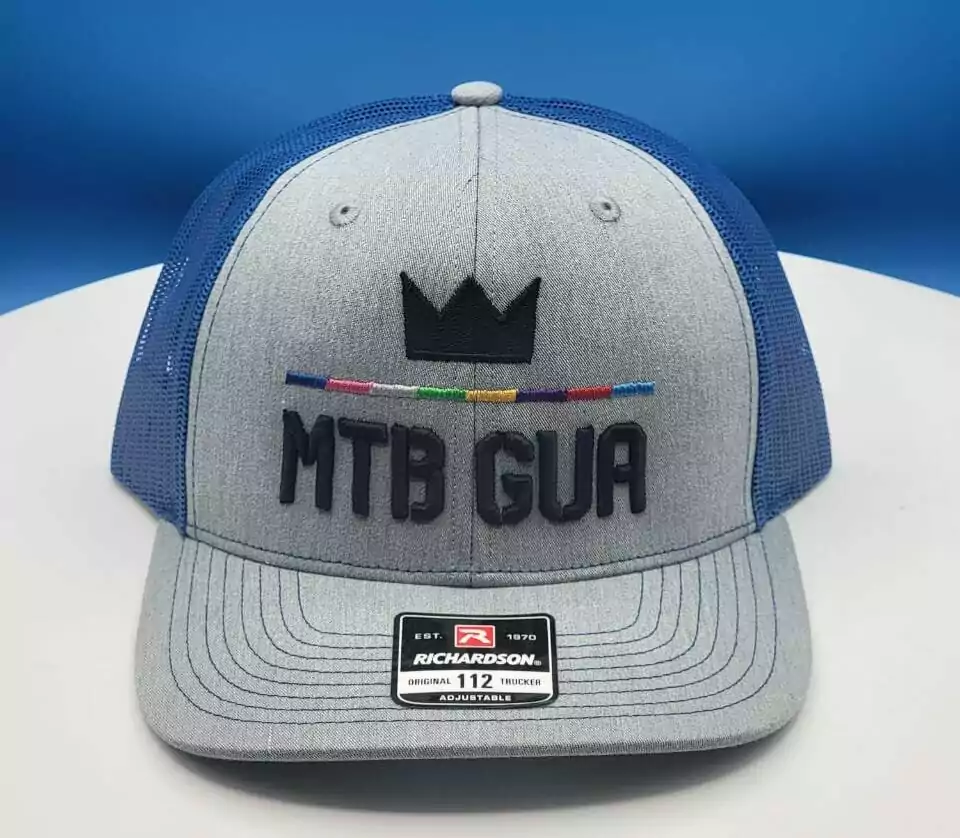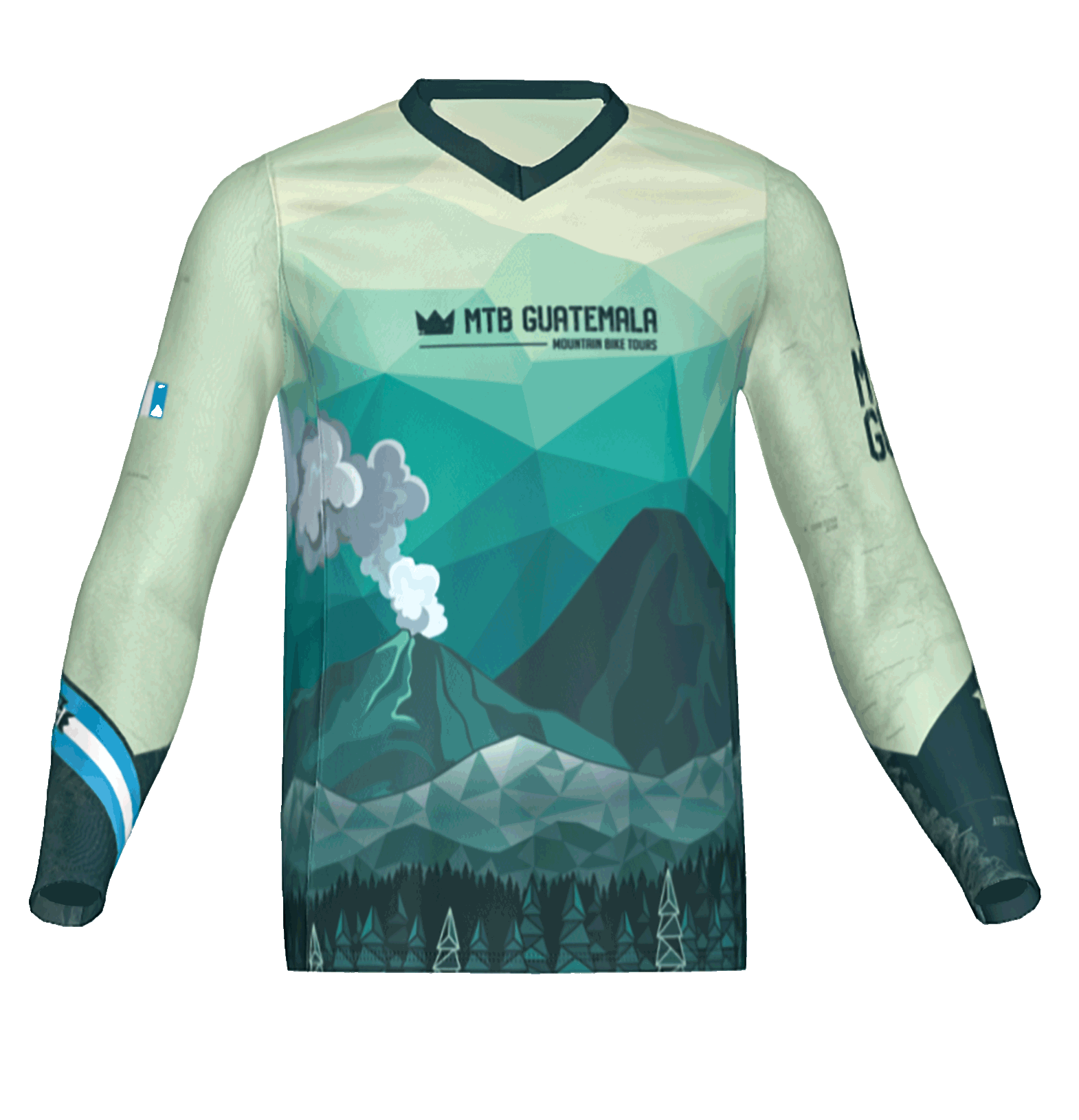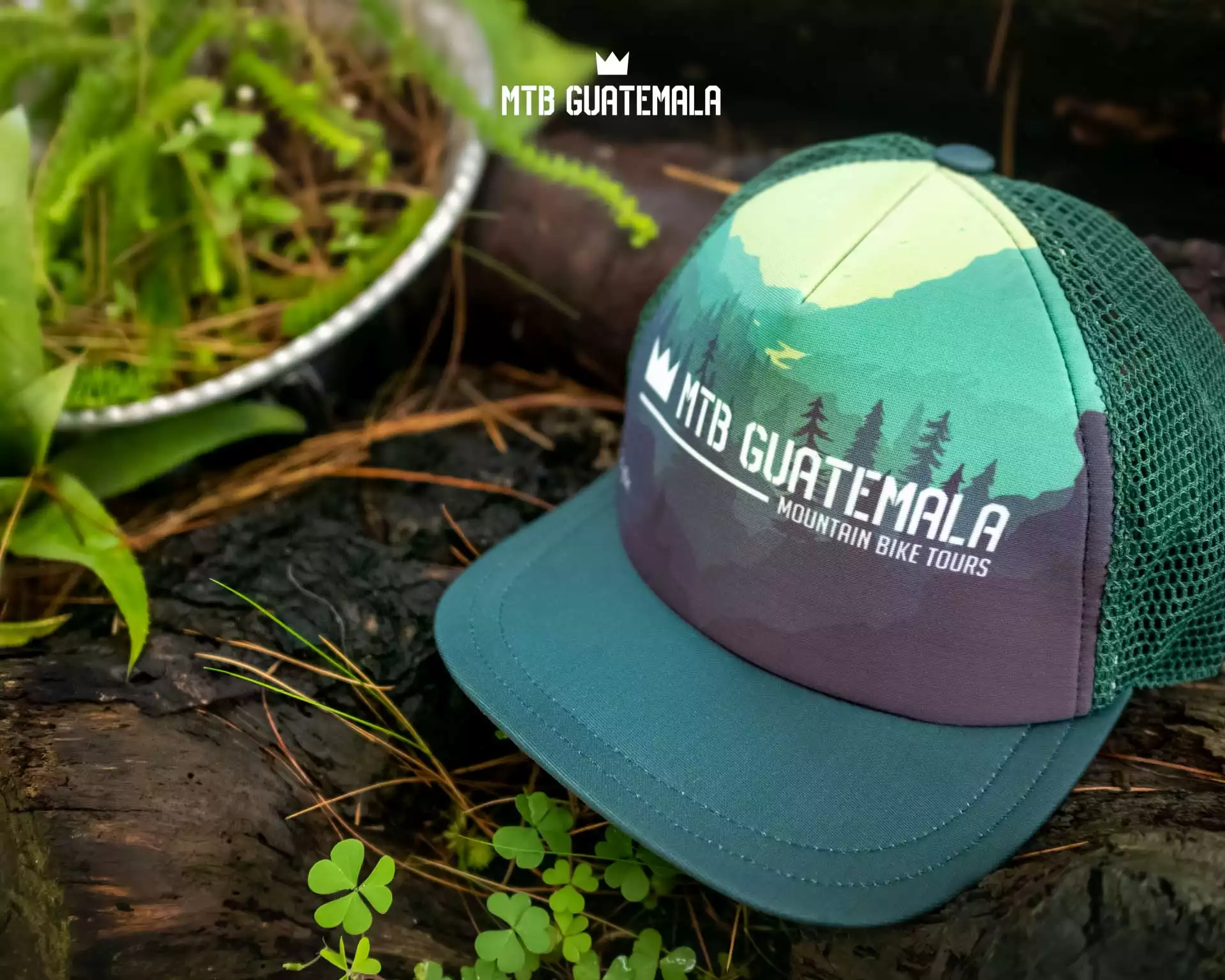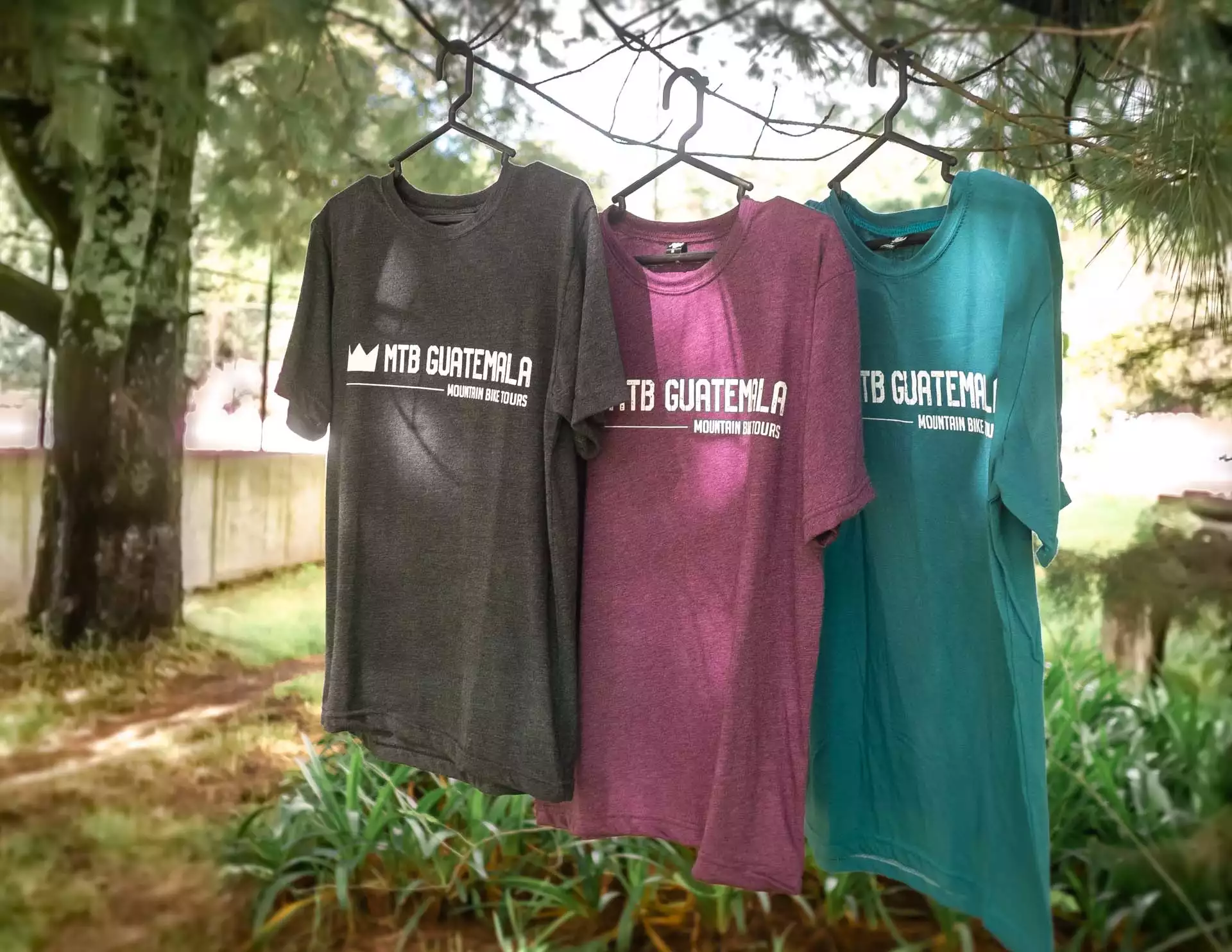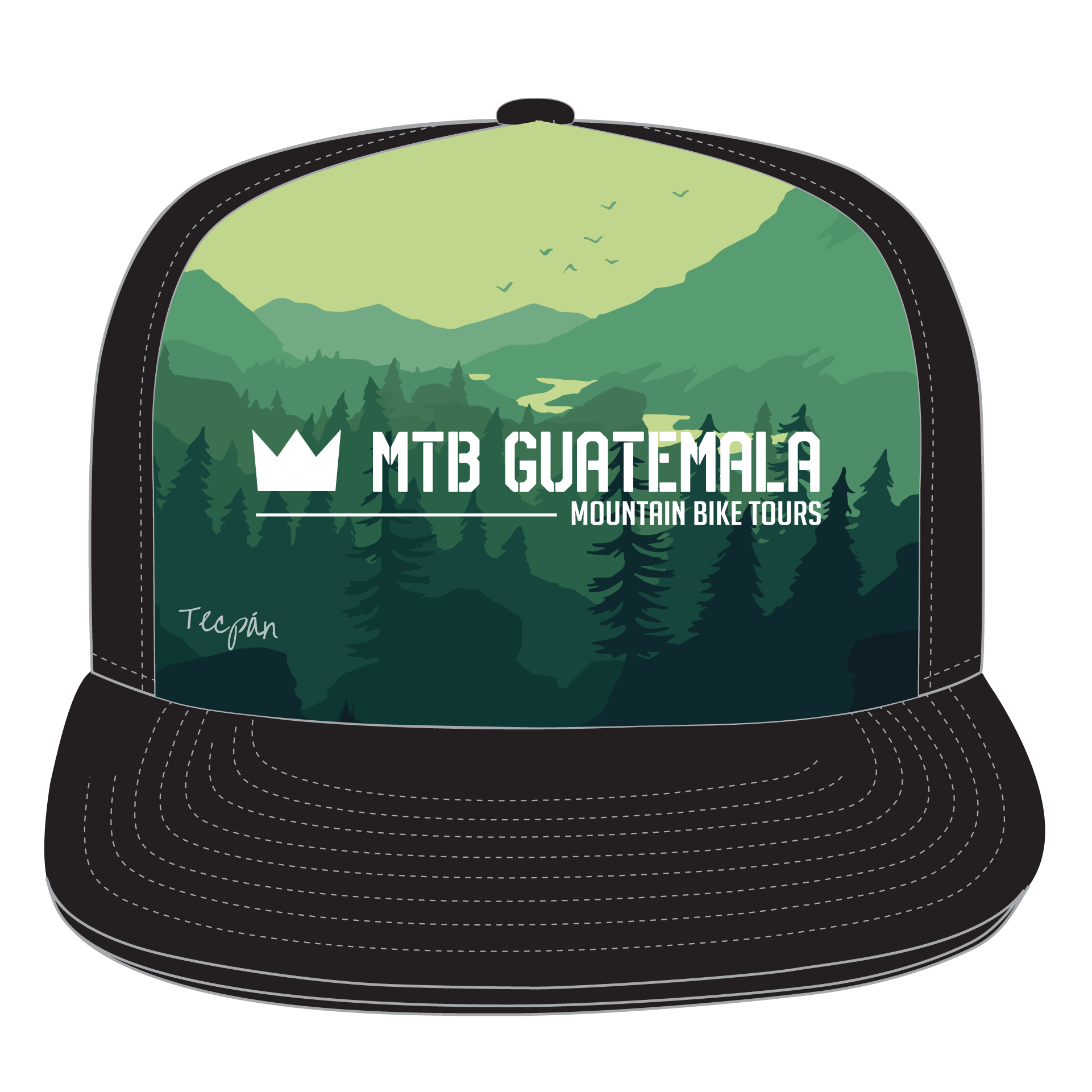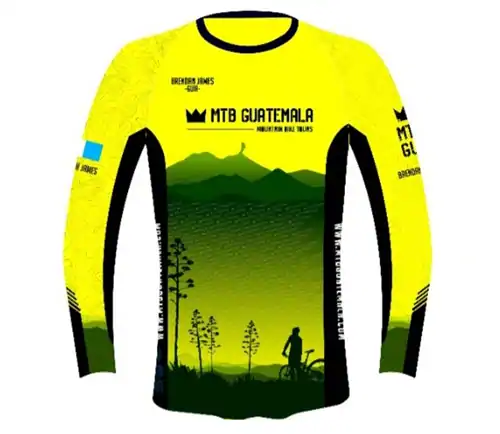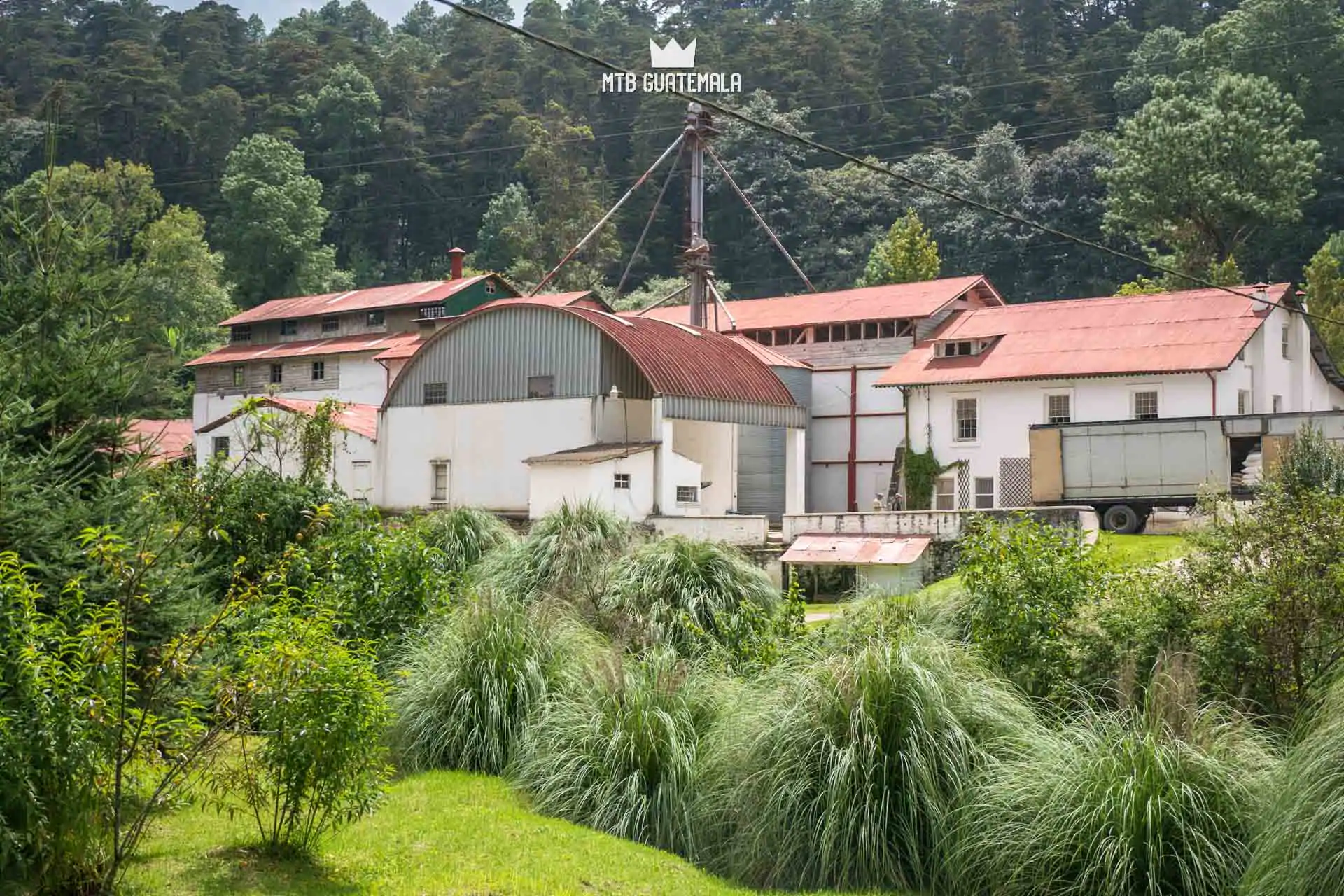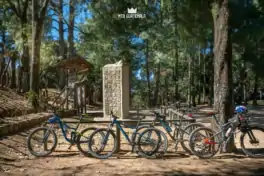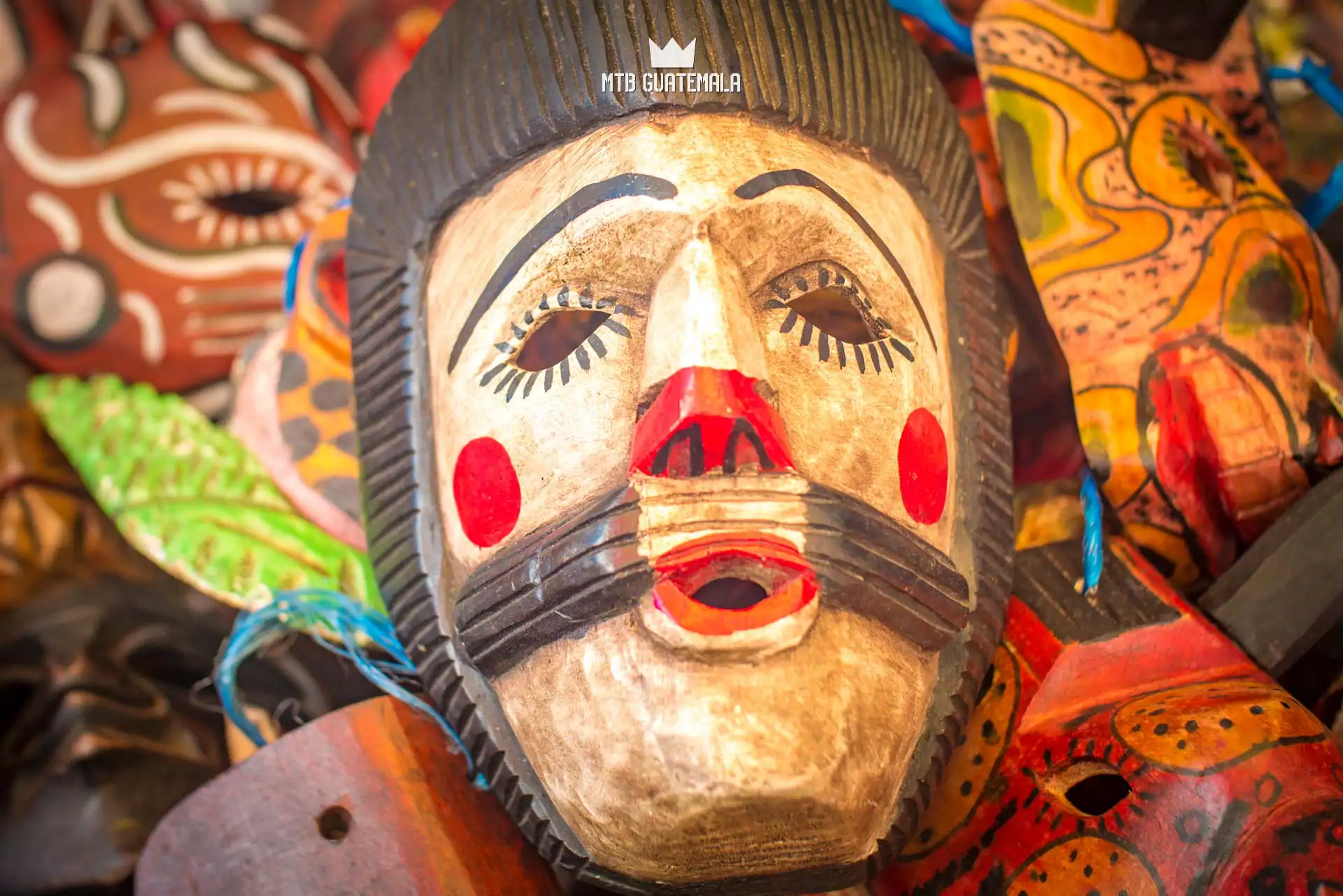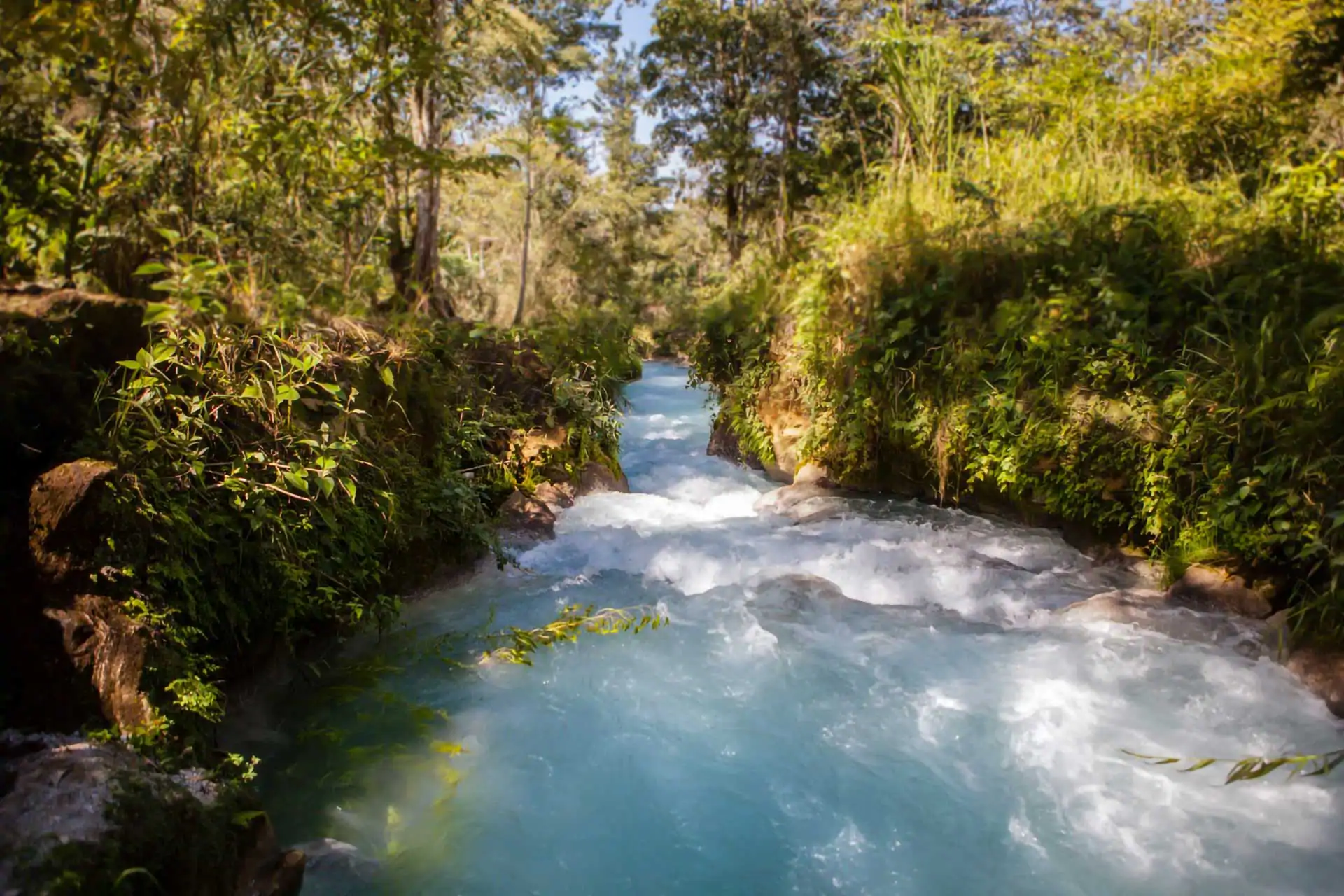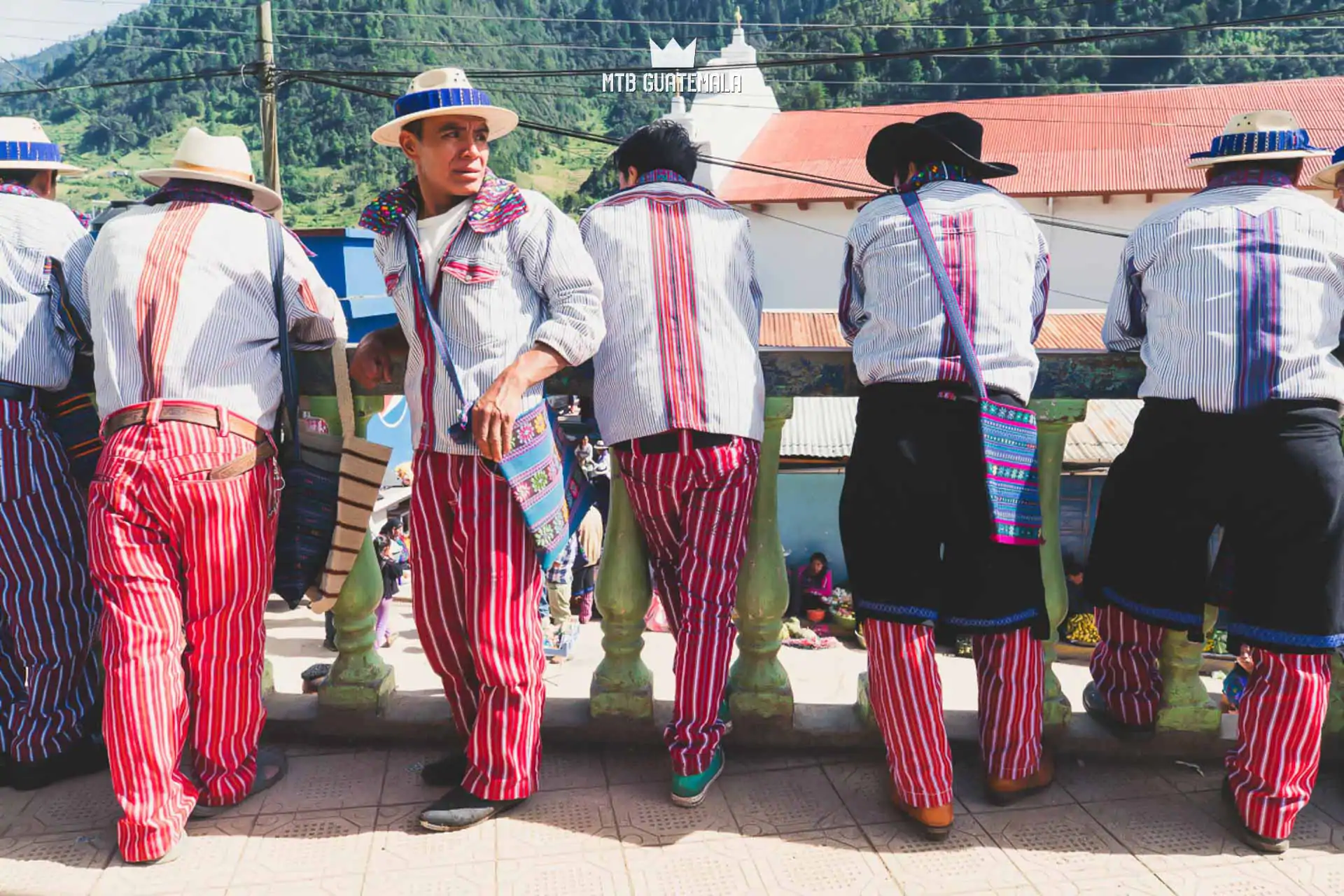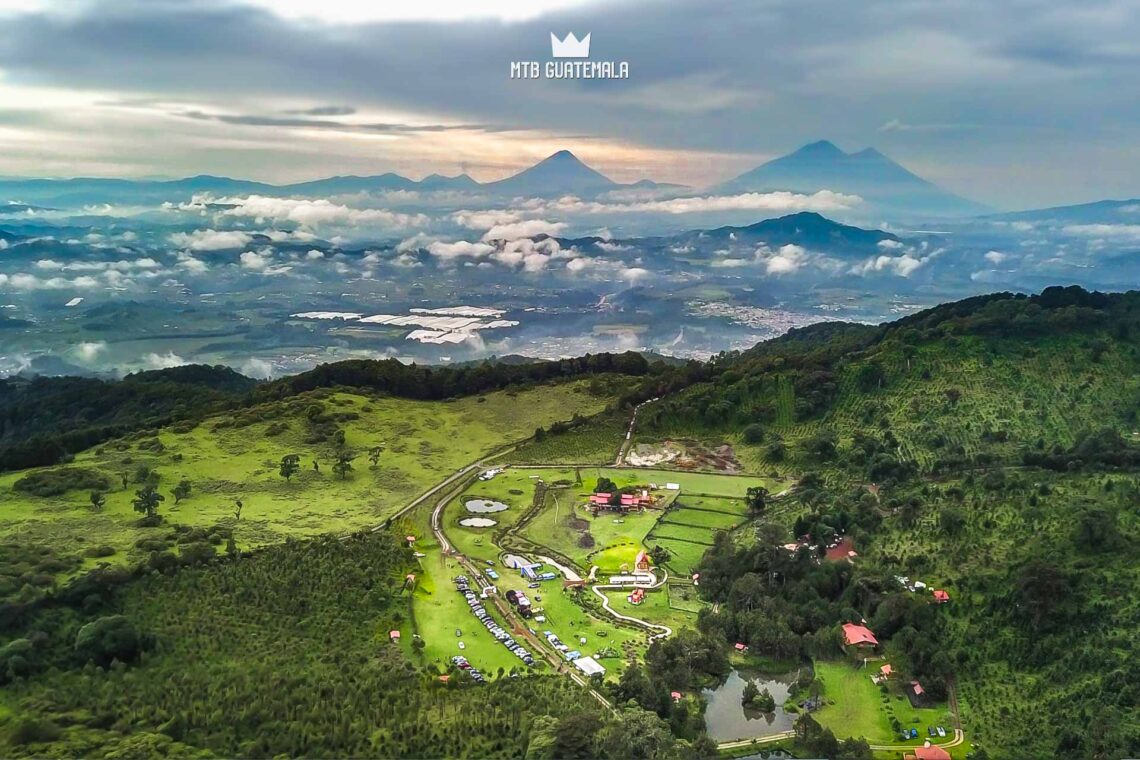Chichicastenango Market & Mountain Biking the Mayan Highlands
Thursday is market day in the legendary town of Chichicastenango, perched dramatically on cliffs in Guatemala’s Quiché region. Known for its vibrant K’iche’ Maya culture, the Chichicastenango market Guatemala is one of the most celebrated in Central America. The town sits at the crossroads of mountain canyons, isolated villages, and the road to Lake Atitlán. For centuries, highland communities have gathered here to trade goods, share stories, and keep traditions alive.
The Chichicastenango Market Guatemala
The Chichicastenango market Guatemala dazzles with color and variety. Stalls spill into cobbled streets, each one bursting with handmade crafts. You’ll see textiles woven on backstrap looms, embroidered huipiles that tell the stories of villages, and wool blankets dyed in brilliant reds, blues, and purples. Many artisans sell their work directly, women from nearby towns who carry their creations down the mountain to market day.
Alongside the weavers, wood carvers offer masks, potters display clay vessels, and silversmiths craft jewelry. Buying here is more than shopping. It’s joining an ancient exchange between maker and visitor.
The market also sells daily essentials. You’ll find spices, medicinal plants, flowers, candles, lime for tortillas, incense, livestock, and tools. The air fills with the scent of food stalls frying empanadas. Around you, bargaining flows in K’iche’ and Spanish. Copal resin burns in front of centuries-old churches. Here, past and present collide, and every corner surprises you.
The Ride Into Town
For mountain bikers, arriving at the Chichicastenango market Guatemala is unforgettable. From ridgelines above town, you see red rooftops clinging to the plateau. Trails descend through pine forests and fields, dropping you into the valley below. The closer you get, the louder the market grows. By the time you roll into town, you are part of the explosion of color, sound, and movement.
Biking offers both sides of this region. On the ride, you pass through quiet farmland and small villages. Children wave, women in traditional dress balance baskets on their heads, and elders sit in doorways to greet neighbors. On a bike you skip the traffic, travel at a human pace, and connect with daily life. You see the weave of a textile, smell fresh tortillas, and hear the rhythm of Mayan languages spoken in the street.
Sacred Traditions: The Cemetery and Santo Tomás Church
Chichicastenango is more than a market town. It is also one of the most important centers of living Mayan spirituality. Just above the market lies the colorful cemetery. Each tomb is painted in bright turquoise, pink, yellow, or green. Families choose colors that reflect their ancestors’ birth months or roles in life. On market days and festivals, the cemetery comes alive with rituals, offerings, and clouds of incense.
You also find Mayan worship sites hidden inside Catholic structures. The most famous is the Church of Santo Tomás, built in the 16th century on top of a pre-Columbian temple platform. Its 18 stone steps represent the months of the Mayan calendar. Shamans still climb them to burn incense and candles. Their ceremonies mix Catholic and Mayan traditions. Standing here, you feel the layers of history: ancient stone, colonial walls, and the enduring presence of Mayan ritual. The Chichicastenango market Guatemala is not only a place for trade. It is also a spiritual heartland.
Join the Adventure
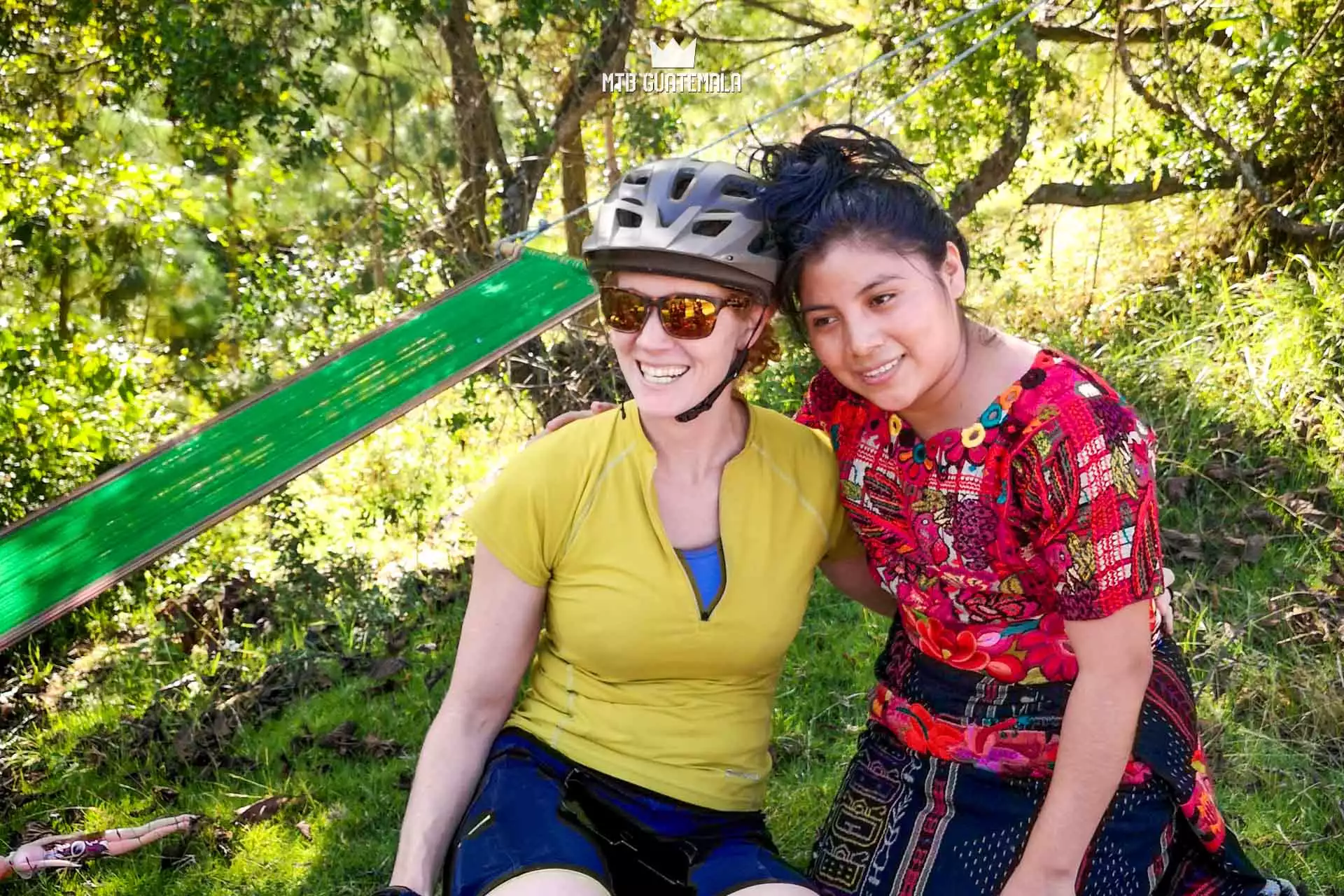
Want to see Chichicastenango in its fullest form? Join our Chichicastenango Bike Tour. Ride hidden trails into town, explore the world-famous market, and witness Mayan traditions that have lasted for centuries. This adventure blends culture and adrenaline. You’ll descend mountain ridges, meet highland communities, and take home a piece of tradition from artisans who keep these practices alive. For travelers seeking authenticity, nothing compares to the Chichicastenango market Guatemala.
